Cardinal Flowers are one of the most striking summer wildflowers I’ve seen. Their bright red flowers stand out among the greens of the forest.
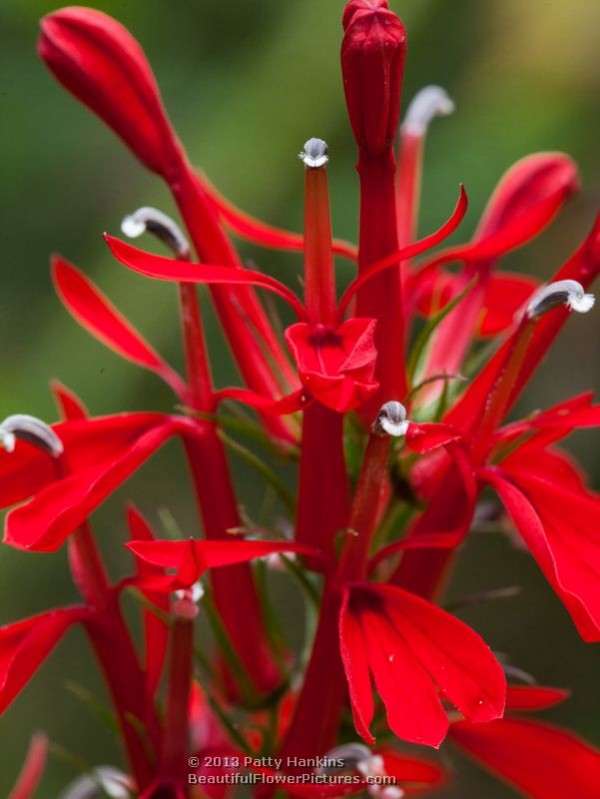
© 2013 Patty Hankins
The Red Cardinal Flowers (lobelia cardinalis) are native to most the United States except for the area from the Dakotas west to the Pacific Ocean. These beautiful members of the campanulaceae (bellflower) family grow as tall as 6 feet tall with an 8″ spike of bright red flowers. Although common in many areas, it is listed as threatened in Florida, exploitably vulnerable in New York and salvage restricted in Arizona.
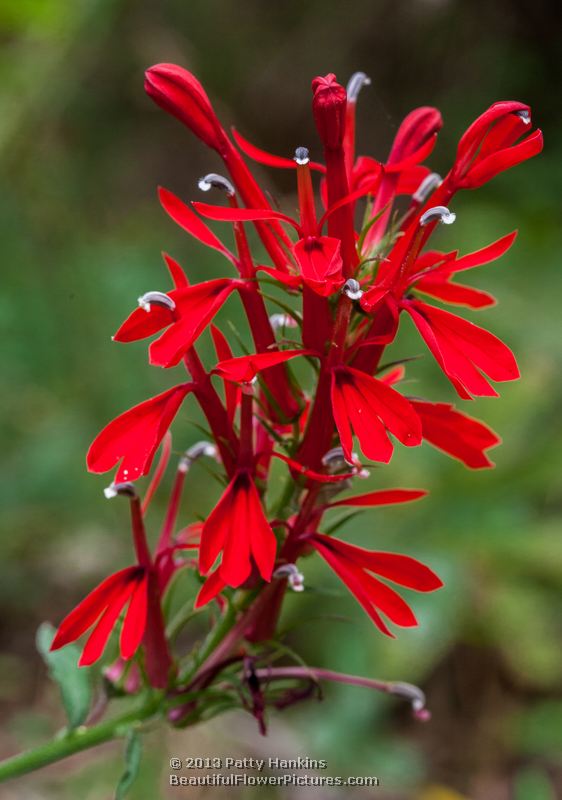
© 2013 Patty Hankins
Cardinal flowers were used medicinally by many native American tribes. It was used to treat ailments including headaches, colds, rheumatism, fevers and typhoid. Some tribes used it as a love potion and anti-divorce remedy.

© 2012 Patty Hankins
In addition to the red cardinal flowers, I have also photographed some lovely blue Cardinal Flowers (lobelia siphilitica). The Great Blue Cardinal Flowers are native to the eastern 2/3 of the United States and Canada. Like the red cardinal flowers, the blue cardinal flowers bloom during the summer – so add a wonderful splash of color to wooded areas. The blue cardinal flowers were used as a treatment for syphilis, hence the siphilitica in the latin name for these beautiful flowers.
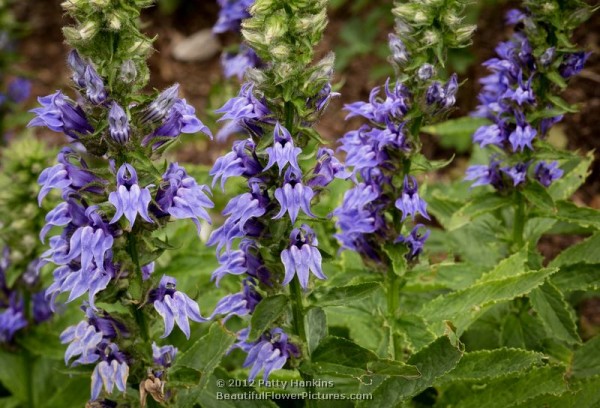
© 2012 Patty Hankins
All parts of both the red and blue Cardinal Flowers are poisonous if consumed in large quantities. Symptoms can include nausea, vomiting, coma and death.
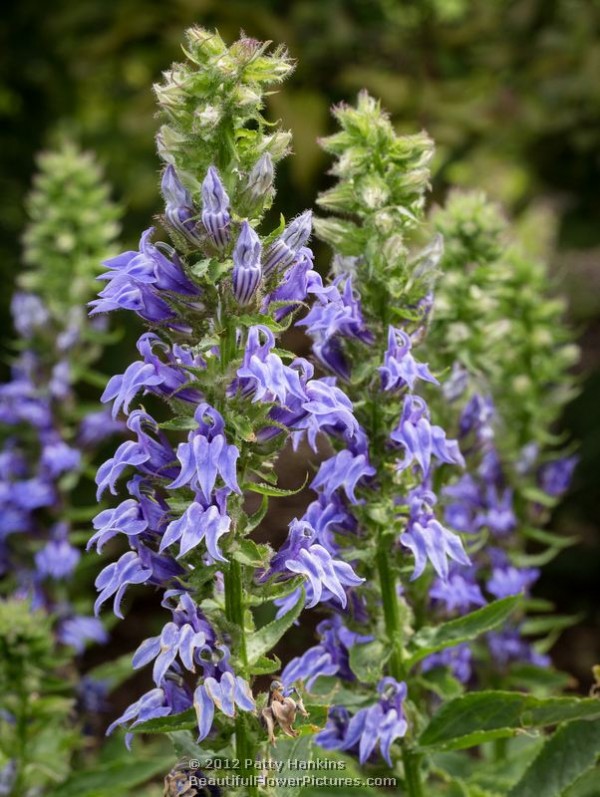
© 2012 Patty Hankins
Bees, butterflies and hummingbirds are all attracted to cardinal flowers. So when you add these striking plants to your garden, you are not only bringing beauty to your garden, but are also meeting the needs of local pollinators.
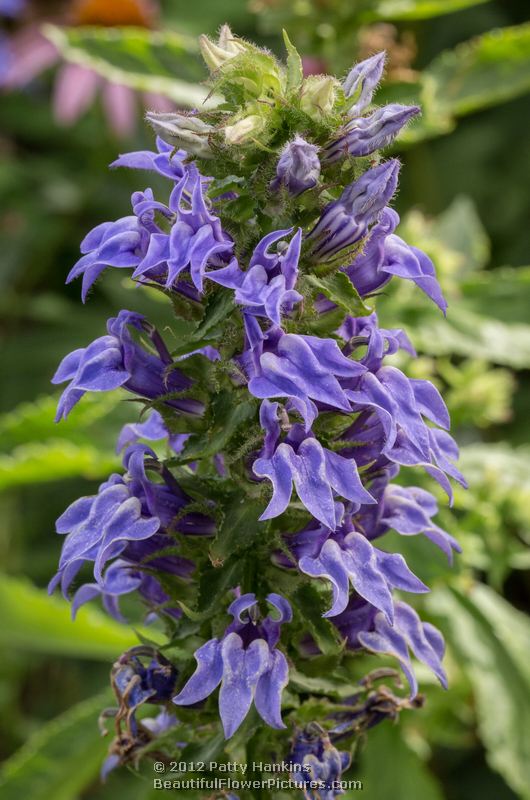
© Patty Hankins
